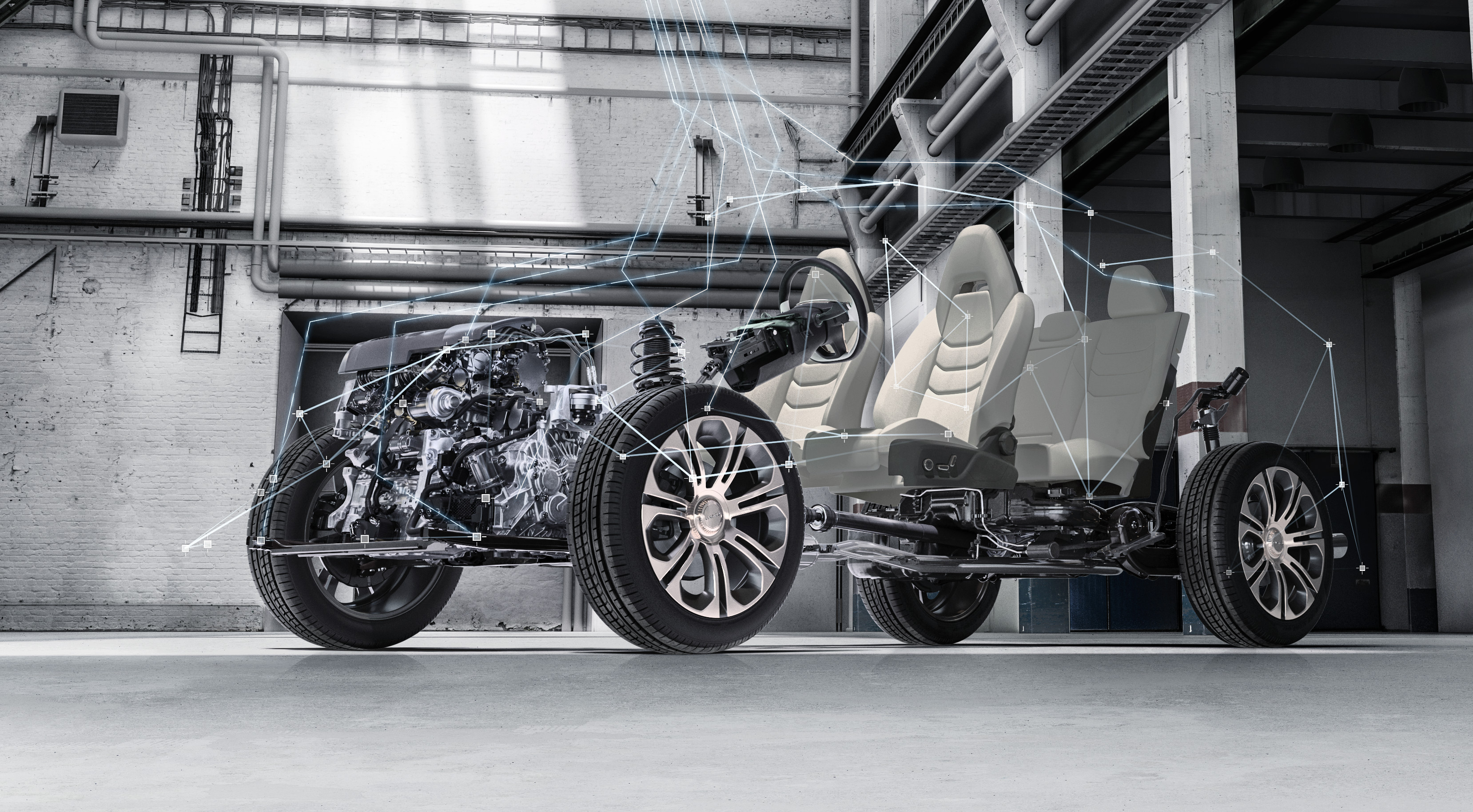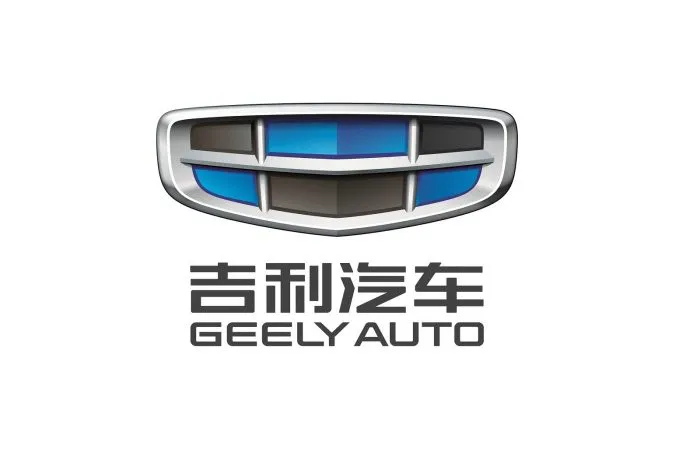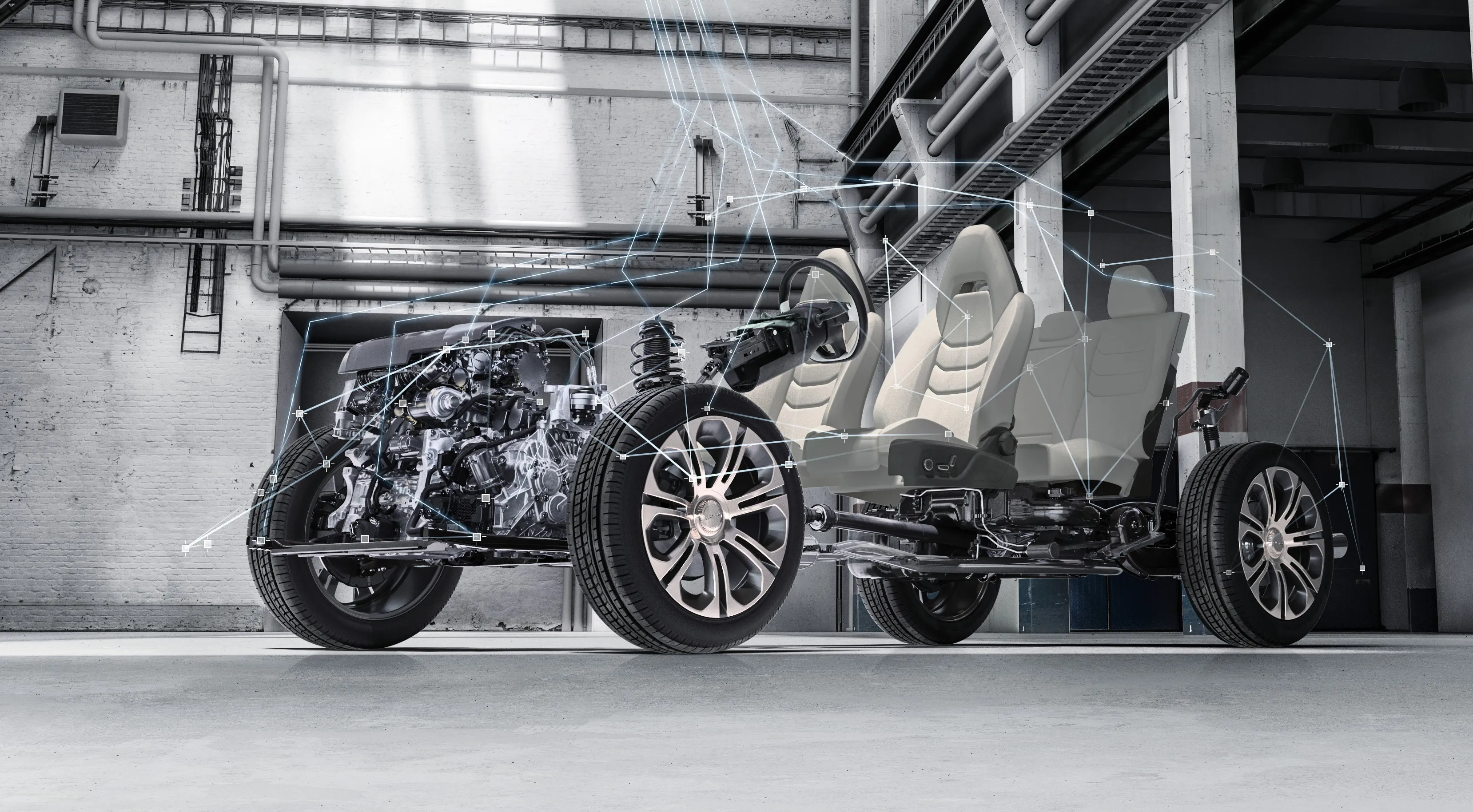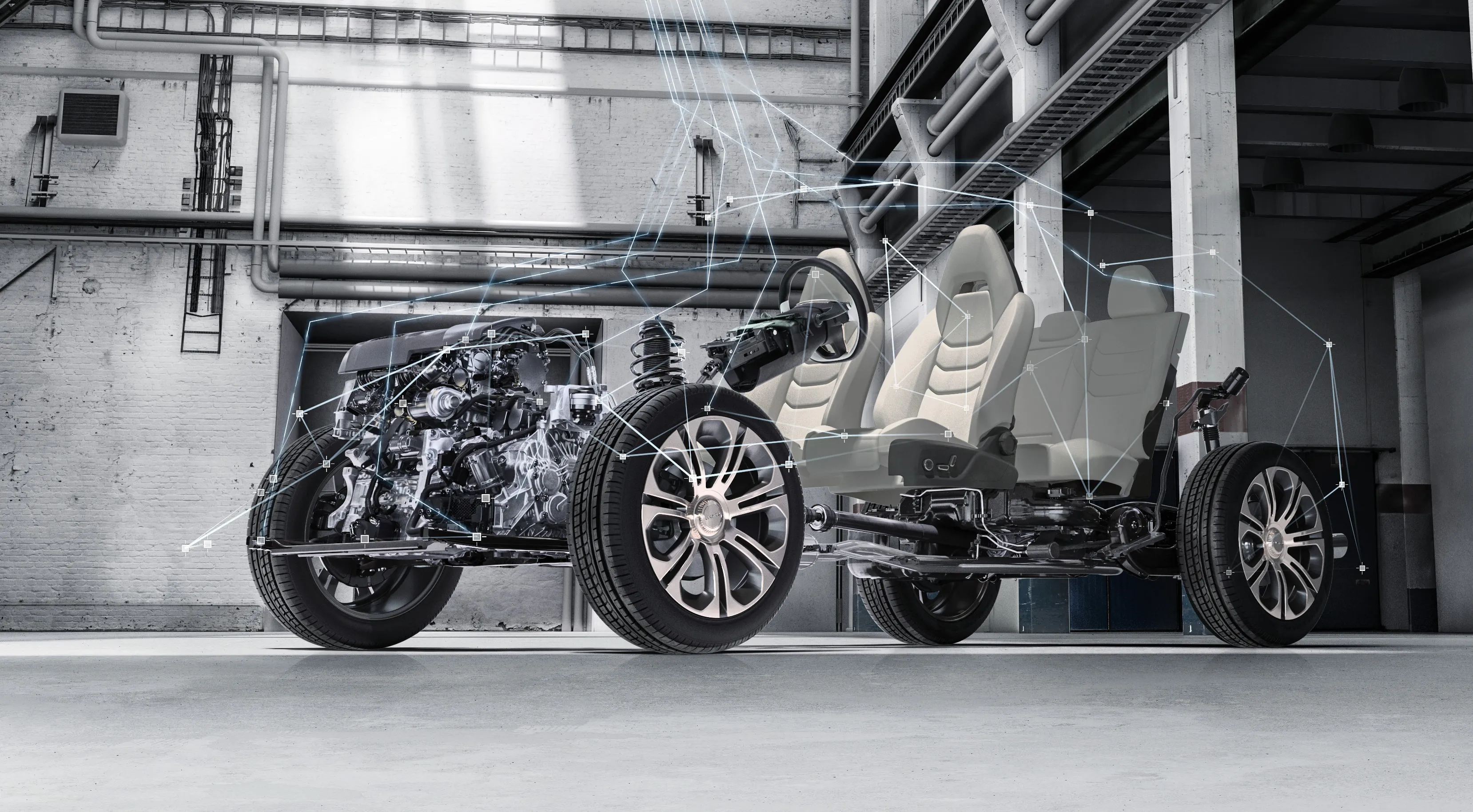What Is the Platform Sharing Approach Exactly?
Perspective: Expert Car Reviews
Content: Use an informative article to explain and give details on three major modular platforms for car manufacturers: MQB, CMA, and TNGA and their representative models; indirectly show the FY11 model is built upon a powerful platform.
What does it mean when cars share a modular platform, and how is this relevant to me as a consumer you may ask. Don’t you worry, we are here to answer this question. We will explain what modular platform sharing is, who the major players are and why it is relevant to you in the article below.
Platforms and Modularity: Setup for success
Modular platform sharing configuration is the dominate mainstream car industry strategy. Car makers develop individual modular components, and then assemble the components into one. For example, car makers will implement significant standardization programs for the design and manufacture of different components, including powertrain, transmission assembly, suspensions, car frames and electrical systems, and then assemble them into different car models that span from budget to luxury ends of the spectrum. Modular platform sharing contributes greatly to cost reduction, time saving, standardization, and improvement of the competitiveness of the product, and allows automobile manufacturers to gain fundamental competitiveness in the automobile industry.
Three Leading Modular Platforms: TNGA, MQB and CMA
Leading car makers such as Volkswagen, General Motor, Toyota and Geely all gave their answers to the new generation of modular platforms. And we have been taking a look at 3 common modular platforms from some of the world’s biggest carmakers including Toyota’s TNGA, Volkswagen’s MQB and Geely’s CMA.
TNGA, an acronym for Toyota New Generation Architecture, is Japanese car brand Toyota's answer to the platform sharing approaches. The TNGA platform involves R&D, design, production and procurement and underpins unibody vehicles in the B-segment, C-segment and D-segment (front-wheel). TNGA allows Toyota to achieve part sharing to a whopping 80 %, and this part sharing gives Toyota a savings of 30 % during development. It increases safety features, and builds more appealing Toyota cars design wise, and makes R&D more effective. Vehicles using the platform include: Camry, new YARIS, C-HR etc.
The Volkswagen Group MQB platform is the company's strategy for shared modular design. MQB allows Volkswagen to achieve a high degree of part sharing at 70% to 80 %, the flexible floor pan lays down a series of hard points for a huge range of cars, including sedans in the A-segment, B-segment, C-segment and D-segment and even some SUV models. MQB can save Volkswagen 20% on production costs and a 20%-30% reduction in manufacturing time. It has huge potential for more car models and guarantees production effectiveness. As of now, the MQB platform has singlehandedly underpinned a variety of different models under the Volkswagen Group umbrella, including Passat, Audi A3 and Cayenne.
The Compact Modular Architecture (CMA) is a global mid-size unibody automobile platform, jointly developed by Volvo and Geely, which allows cars to adopt the same basic structure, chassis, powertrain, and electronic system. The CMA platform has a modular quality that allows the length and width for wheelbase, space between the twin wheels, vehicle height, vehicle width to be changed easily, with which car makers can manufacture cars that are 95% similar to concept cars, making the designer’s imagination a reality. The CMA platform underpins unibody vehicles in the C-segment, D-segment, and can be used for both gas-powered and green cars, and different car models such as sedans, SUVs and CROSS. It has a high degree of flexibility, scalability and outstanding safety, and is the basis for Geely's future development. Its representative models include Tugella and Volvo XC40.
Modular Platform Sharing Improves Safety and Car Performance
So how do you as a customer benefit from the modular platform sharing? Simply put, the cars built with the platform sharing approach are safer, better and more competitive in the market. For example, the Toyota YARiS took full advantage of TNGA and lowered centers of gravity by reducing weight and being compact, which also contributed to better handling and stability and a more engaging drive; owing to MOB, Audi was able to provide stable driving and handling experience and was well received by the market.
Geely Tugella is based on the highly advanced CMA platform and comes with a leading active safety system. Geely Tugella’s performance comes courtesy of one of the world’s 10 Best Engines. This sophisticated combination of powertrain and chassis technology together with the 2.0-liter turbocharged engine, smooth Aisin 8-speed automatic transmission, and BorgWarner’s fifth-generation 4WD system enables the Tugella to accelerate from 0 to 100km/h in just 6.9 seconds. With its cost-effective configurations, impressive powertrain system and thrilling driving experience, Geely Tugella has won praise from the market.
In summary, cost control, speed of model launches, and popular models are the keys for car makers to win consumer loyalty in market competition. Behind this fierce competition is a contest of their platforms. YARIS, Audi A3 and Tugella developed and produced based on the modular platforms above will each continue to grow stronger in the new round of competition based on their own advantages.





